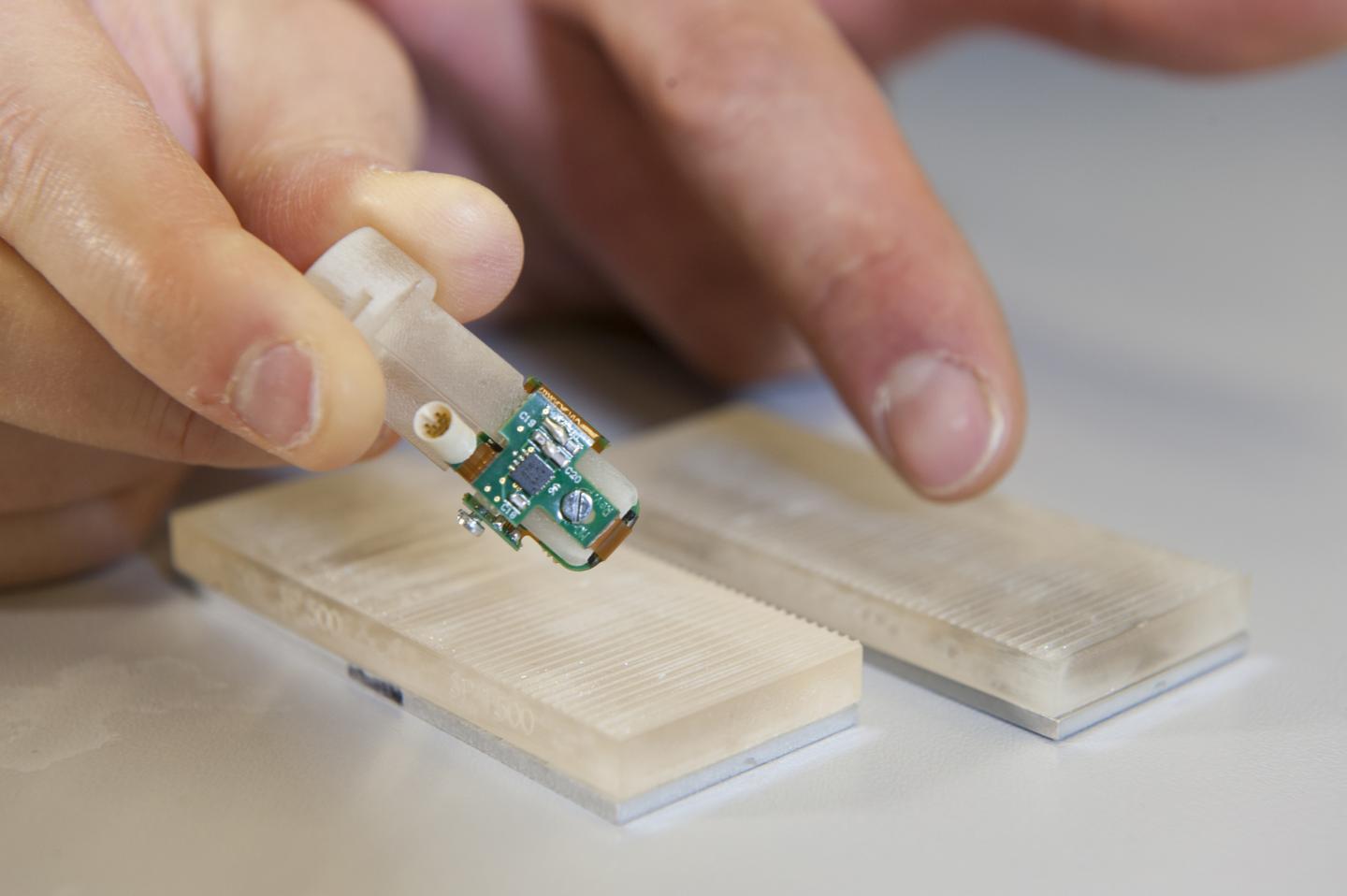Amputee gets a bionic finger that can actually feel
While the field of prostheses has come a long way since the simple wooden leg, scientists and researchers are still working on ways for amputees to gain some senses back in their missing limbs in order to make them more realist.
Well, now it’s possible. A team of engineers from Ecole polytechnique fédérale de Lausanne (EPFL) and Scuola Superiore Sant’Anna (SSSA) has, for the first time, granted an amputee the ability to feel smoothness and roughness in real-time with an artificial fingertip.

The fingertip was surgically connected to the nerves in the patient’s upper arm, but the device can actually work with the nerves of non-amputees, too, to feel different textures, without surgery, which means that the technology can be tested on anyone, not just amputees.
“The stimulation felt almost like what I would feel with my hand,” said Dennis Aabo Sørensen, the amputee subject, about the artificial fingertip. “I still feel my missing hand, it is always clenched in a fist. I felt the texture sensations at the tip of the index finger of my phantom hand.”
Once the nerves in Sørensen’s arm were connected to the artificial fingertip equipped with sensors, a machine was able to control the movement of the fingertip over different pieces of plastic engraved with different patterns. When the fingertip moved across the different textures, the sensors created an electrical signal that was relayed in the form of electrical spikes that mimicked the language of the nervous system. It was then delivered to the nerves, allowing Sørensen to tell the difference between rough and smooth surfaces 96% of the time.
Sørensen is now the first person in the world to feel texture using a bionic fingertip connected to electrodes that were surgically implanted above his stump.
“This study merges fundamental sciences and applied engineering: it provides additional evidence that research in neuroprosthetics can contribute to the neuroscience debate, specifically about the neuronal mechanisms of the human sense of touch,” says Calogero Oddo of the BioRobotics Institute of SSSA. “It will also be translated to other applications such as artificial touch in robotics for surgery, rescue, and manufacturing.”


Comments are closed, but trackbacks and pingbacks are open.